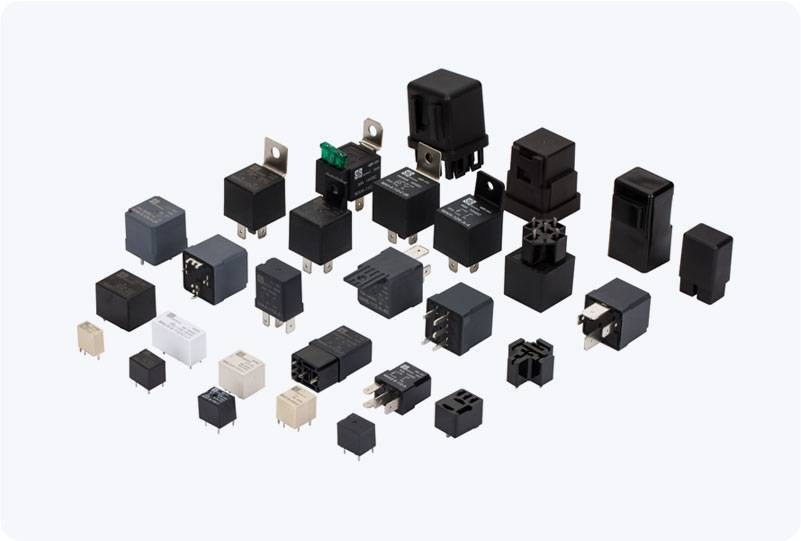The Internet of Things (IoT) has revolutionized the way we interact with technology, allowing devices to communicate with each other seamlessly. Among the many IoT innovations, Webhook Enabled IoT Relays are becoming increasingly popular as they provide an efficient and flexible solution for remote device control. These relays leverage Webhooks, an essential web technology, to allow users to interact with physical devices over the internet. In this article, we will delve into the concept of Webhook Enabled IoT Relays, their functionality, applications, and benefits.

What is a Webhook Enabled IoT Relay? At its core, a Webhook Enabled IoT Relay is a relay device that can be controlled through HTTP requests (typically POST or GET methods). A “webhook” is essentially an HTTP callback, where one system sends data to another system when a specific event occurs. This feature is widely used in web development to automate processes or send real-time notifications. In the context of IoT relays, Webhook technology is used to send commands to a physical device (the relay) over the internet. These commands could include switching on or off appliances, controlling motors, or even adjusting lighting systems. By integrating a Webhook with IoT relays, users can control their devices from anywhere in the world, as long as there is an internet connection.